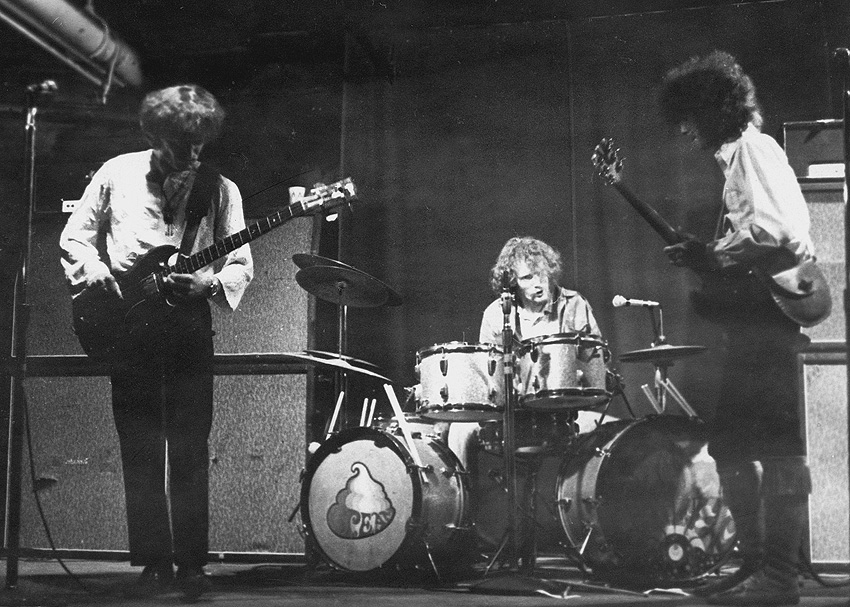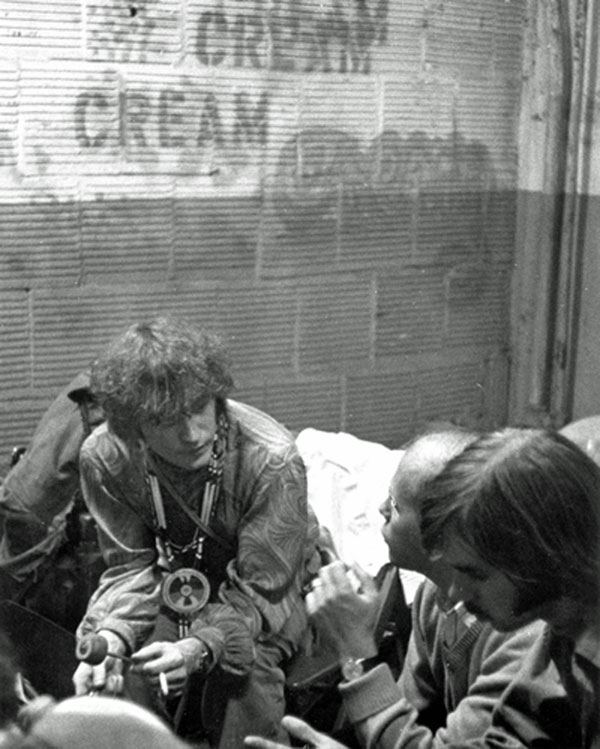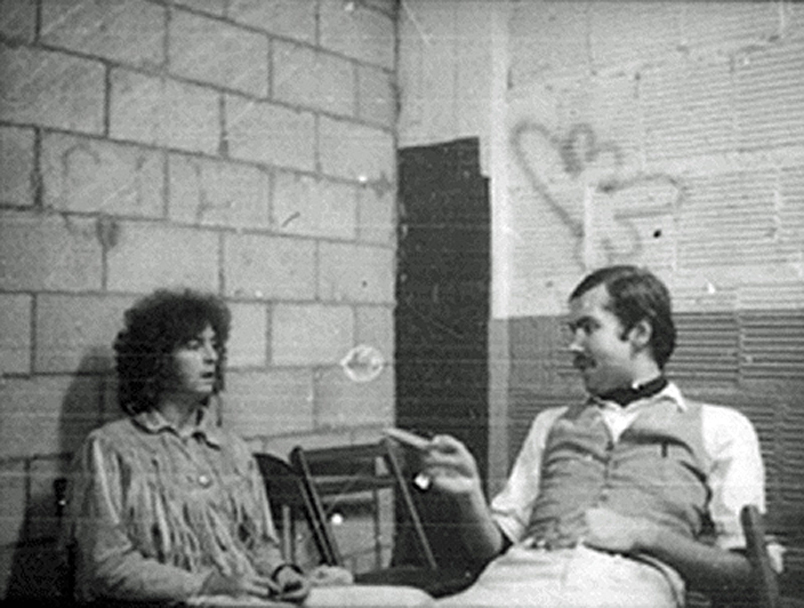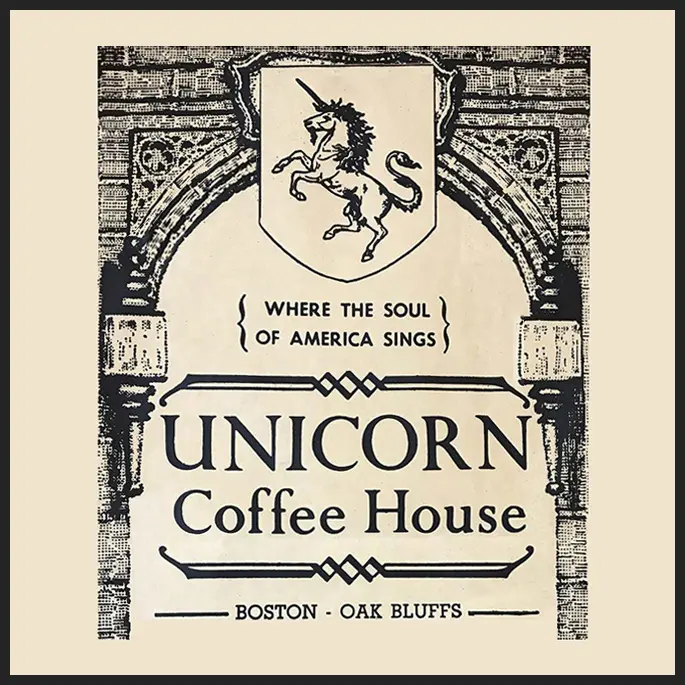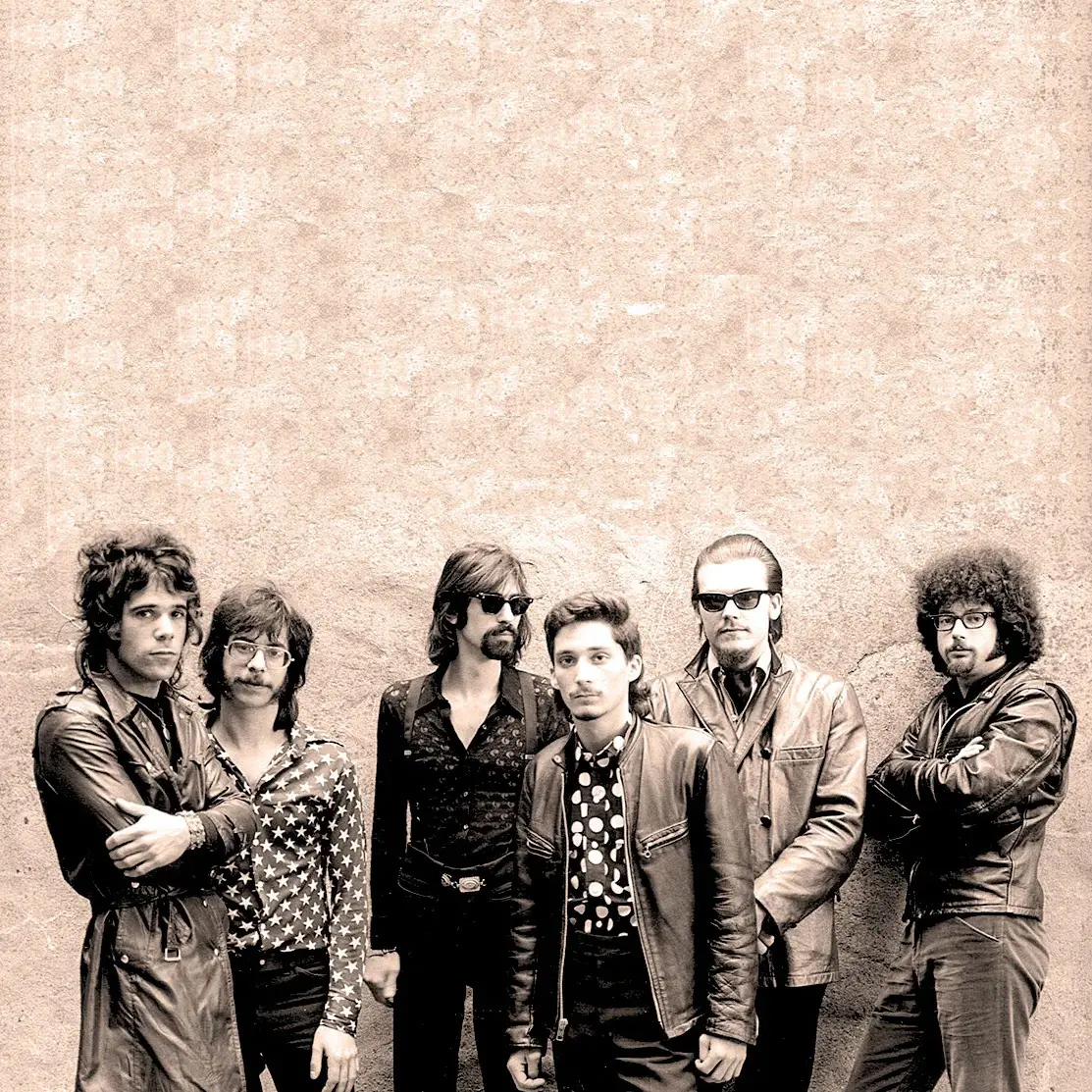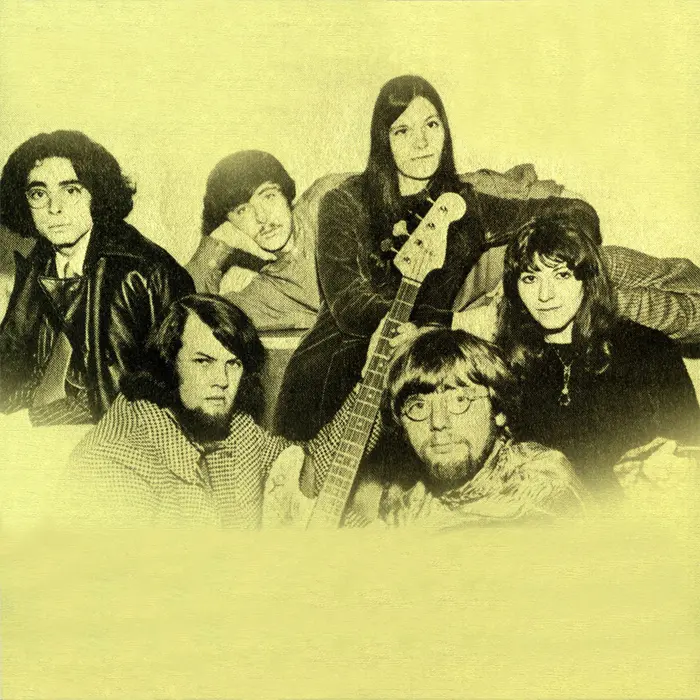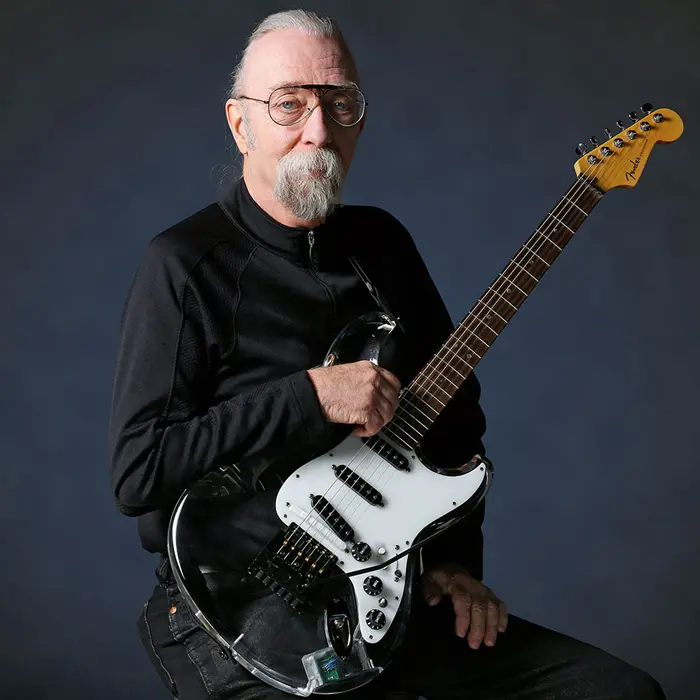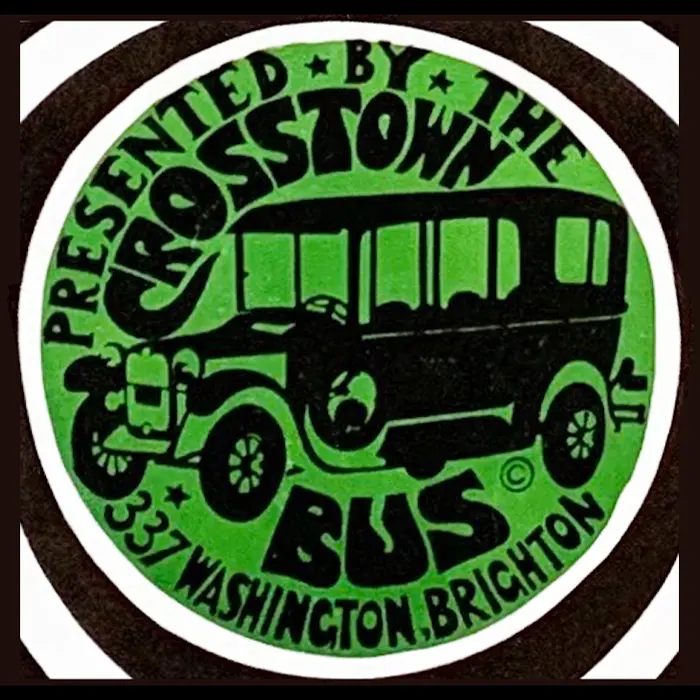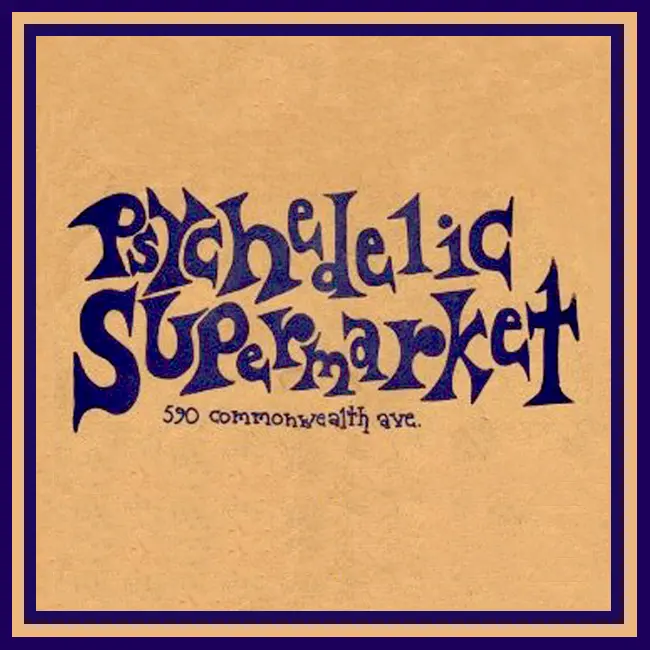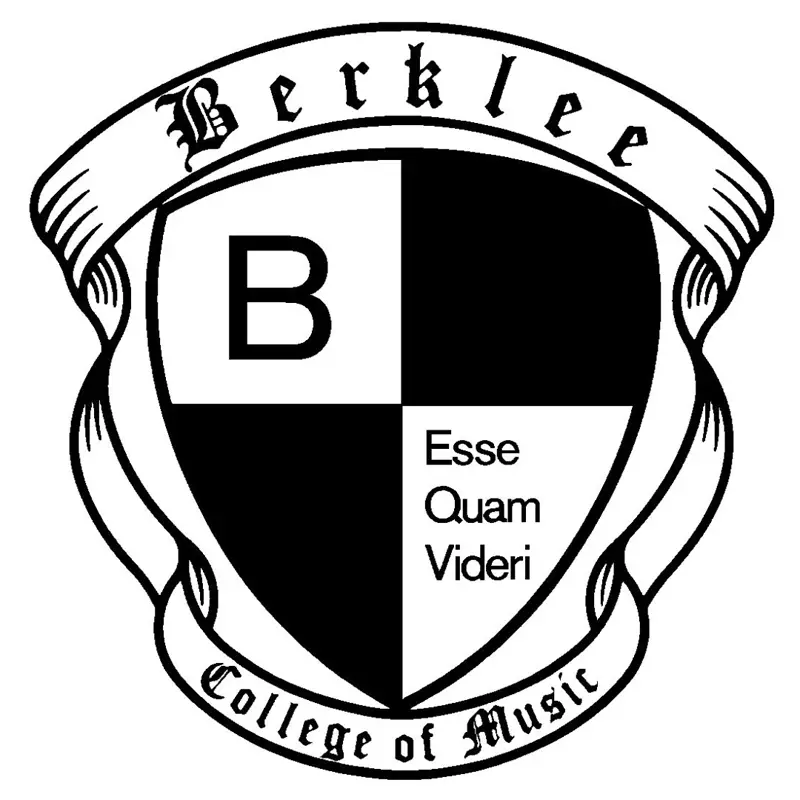Getting Cream at the Psychedelic Supermarket
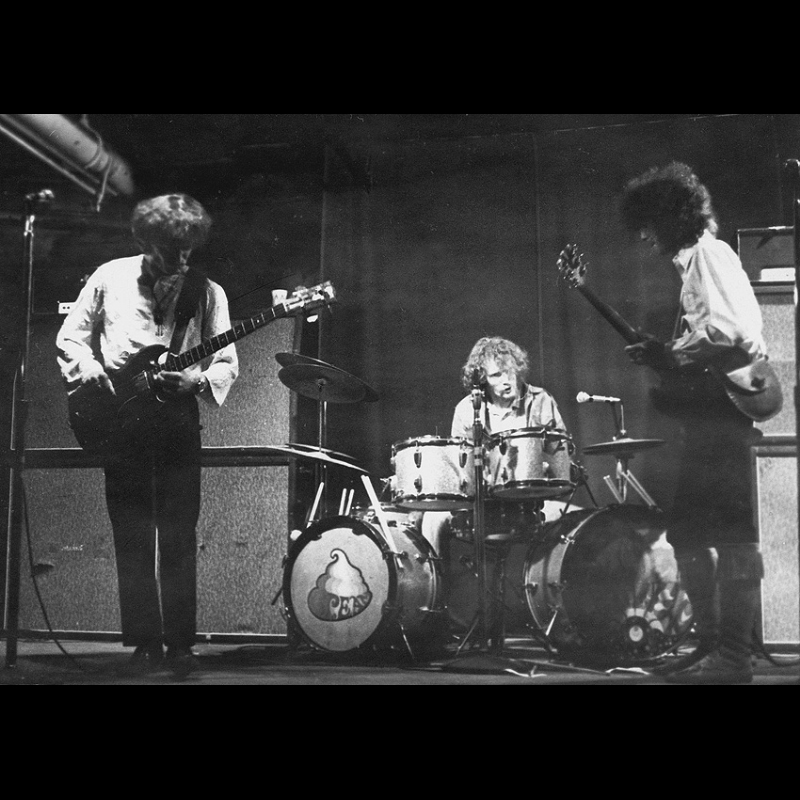
In 1967, I was 17 and fully entrenched in Boston’s music scene. I fondly remember hanging out at the Unicorn Coffee House, a tiny venue at 825 Boylston Street that held maybe 75 people, and seeing The J. Geils Band, Ultimate Spinach with Jeff “Skunk” Baxter, Jefferson Airplane and Spirit. That’s where I met the Unicorn’s owner, George Papadopoulos, which led to one of the most memorable adventures of my young life.
Papadopoulos was building a new club outside Kenmore Square and I asked him if I could work there. He said that was fine, as long as I agreed to being paid with free access to shows, not with cash, which sounded like a good deal to me. After school and on weekends, with my brother Stanley and some friends from Newton South High School, I’d jump on the subway and head to an underground parking garage at 590 Commonwealth Avenue to help the carpenter Papadopoulos had hired build what became The Psychedelic Supermarket. Complete with blacklight rooms, a head shop and all the typical hippie-clothing stores of the era, the Supermarket held around 300 or 400 and there were no seats.
In early September 1967, Papadopoulos approached me and said, “I want you to go to the top of the driveway and meet the band that’s playing here this week.” A few minutes later, two cabs pulled up and out came three pretty weird-looking guys sporting fringed suede jackets, moccasins and giant, curly, unkempt hairdos. They seemed to be straight off the plane from the London scene; from my conservative Boston perspective, they looked like aliens.
It turned out that the three new arrivals were Eric Clapton, Jack Bruce and Ginger Baker of the soon-to-be supergroup Cream (whose classic second album Disraeli Gears wasn’t released until November ’67, two months after they appeared at The Psychedelic Supermarket). I wound up hanging out with the band for an entire week. For reasons I can’t remember, they despised Papadopoulos so to get back at him they turned their Marshall stacks “up to 11,” so to speak, and played as loud as they could at the Supermarket, which wasn’t exactly known for its acoustics.
Clapton, Bruce and Baker were uncomfortable in Boston since they stuck out of the crowd wherever they went, so they stayed in their hotel rooms instead of exploring the city when they weren’t at the club for their seven-night, 14-show engagement (September 8-16). The band members were going stir crazy and at one point spray painted the walls of their dressing room walls with graffiti like “Black Jews” (for Jack Bruce) and “Berry Craptown” (for Eric Clapton).
I remember that the Supermarket’s stage wasn’t built quite right so it wobbled and on many occasions during Cream’s performances. Part of my job was to stand on stage supporting Jack Bruce’s amplifier from behind because his thundering bass was causing it to almost fall over. Rumors persist to this day that Papadopoulos built The Psychedelic Supermarket hastily in order to get Cream onstage in Boston after the band’s original dates at The Crosstown Bus were cancelled (after that venue closed in August ’67).
One night, Clapton asked me if I could get him some uppers and I had no idea what he was talking about. (What was I saying about “conservative Boston”?) On another very memorable evening, he handed me his Gibson SG and showed me how to play “Sunshine of Your Love.” I knew that week was something I’d never forget. For 14 shows, I was either backstage or on the stage listening to Clapton, Bruce and Baker as they made rock history. Those gigs were the start of an amazing music scene in Boston and I was there to witness most of it.
(by Andrew Kastner)
Massachusetts native Andrew Kastner is a guitarist, songwriter, producer and founding member of the Los Angeles-based soul band Jack Mack & The Heart Attack. He attended Berklee College of Music from 1969 to 1971.

